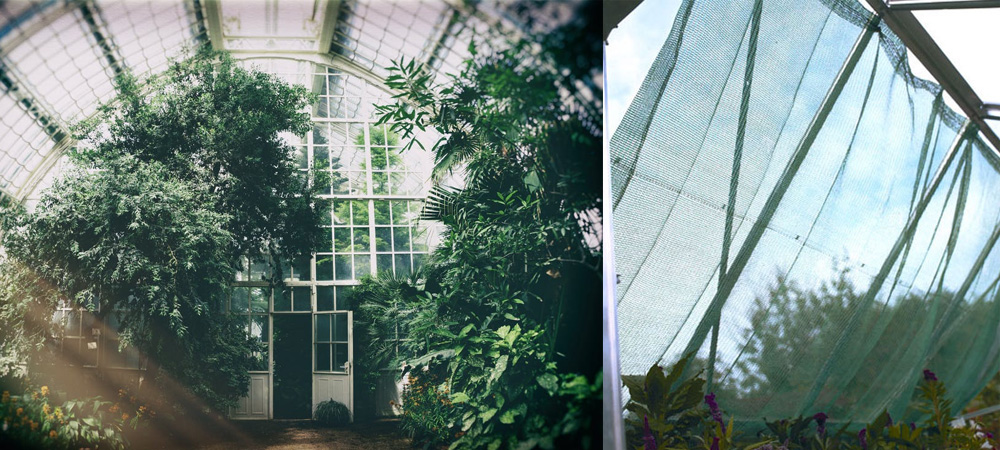How to Shade a Greenhouse

In the spring and summer, bright sunlight entering through greenhouse glass may burn plant leaves, attract pests like red spider mite, and cause greenhouse products like tomatoes and peppers to ripen unevenly.
To keep the greenhouse from becoming too hot or too dry, you might provide some shade to the area where the plants are growing. Your plants will flourish since the circumstances are similar to those found in a tropical rainforest.
Reduced interior temperatures may be achieved with simple, low-cost shading solutions in greenhouses.
Summer shading paint should be removed as soon as the weather cools down and you are able to regulate overheating through ventilation. During the colder months, it's best to leave blinds and netting up but out of the way.
Find out how to shade your greenhouse in three different ways below.
External Shade Netting
A huge sheet of plastic weave or hessian may easily be put over the ceiling of the greenhouse. Use clips to secure it in place, or make sure it's large enough that the edges reach the bottom, where you may weigh it down with bricks or huge stones.
Shade Paint
Greenhouse shade paint is simple to use and may be applied to the outside of the glass as needed. It's water-resistant and effective, but remember to reapply it at the end of the season.
Using internal shade netting
Plastic weave shade may be snugly fastened to the interior of your greenhouse, giving a nice solution that isn't influenced by weather conditions like any other material utilised outside the frame. Standard clips that connect to the inside of the frame of most greenhouses may neatly fasten it.
You can shop all greenhouse shading here
How to Protect Plants in Your Greenhouse
Here are some other useful tips for how to protect your plants:
- Consistently water your plants - Plants with dry roots are more prone to suffer from leaf scorch.
- Oxygenate the greenhouse by unlocking the entrance and louvres/windows - blowing air over the leaves helps to cool them down.
- Maintain humidity in the greenhouse by leaving a pail or watering can full of water.
- Use a Thermometer to ensure that temperatures do not exceed 27° C. Install automatic ventilation and shade as necessary.
Conclusion and Further Reading
We hope you enjoy this guide on greenhouse shading and found it useful.
Read some of our other related posts below:
- How to Adjust a Greenhouse Auto Vent
- Are Paraffin Heaters Safe?
- How to Heat a Greenhouse Without Electricity
- How to Heat a Greenhouse
- How to Insulate a Greenhouse
- How to Attach Bubble Wrap to a Greenhouse
You may also be interested in our greenhouse heaters.
 Author:
Author: